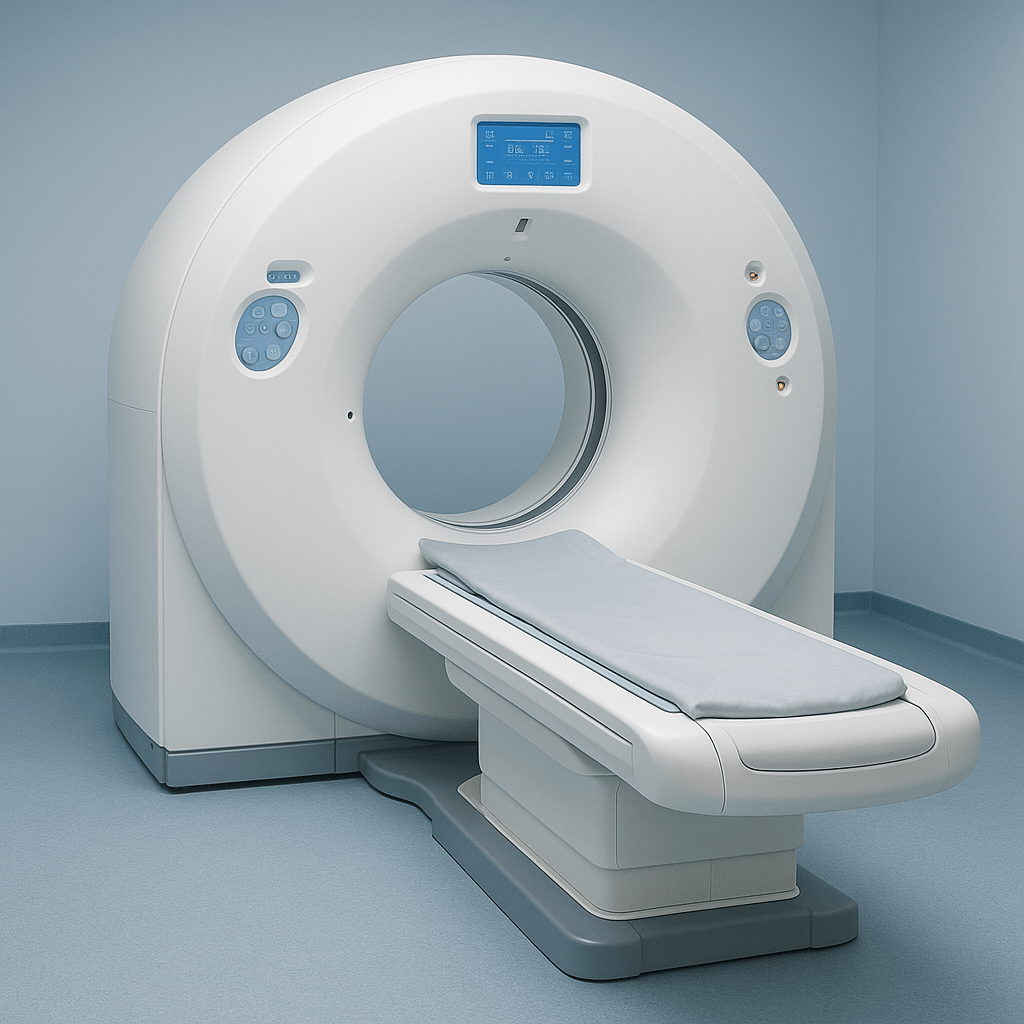
- Call us for any queries(+91) 98311 55513
- Test Appointment


A CT (Computed Tomography) scan is an advanced medical imaging procedure that uses X-rays and computer processing to create highly detailed cross-sectional images of the body. Unlike a regular X-ray, which mainly shows bones, a CT scan can clearly visualize soft tissues, blood vessels, bones, and internal organs, helping doctors detect a wide range of conditions.
A standard, non-emergency CT scan performed for diagnostic evaluation or ongoing monitoring. It is recommended by physicians to examine specific areas of the body in detail for accurate diagnosis.
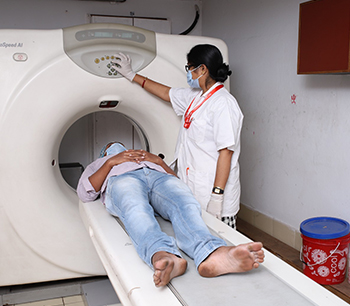
A specialized CT scan of the abdomen, particularly the liver, taken in three timed phases — arterial, venous, and delayed — after administering contrast dye. It helps assess blood flow and detect liver diseases or tumors.
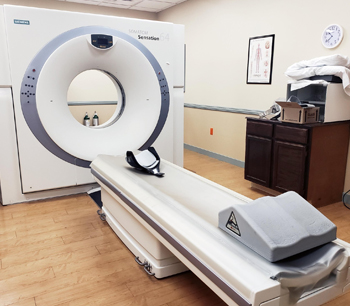
A contrast-enhanced CT scan that visualizes blood vessels in detail, helping detect blockages, narrowing, or other vascular abnormalities in arteries and veins.

Minimally invasive procedures where real-time CT imaging is used to guide instruments such as needles, catheters, or biopsy tools precisely to the targeted area.
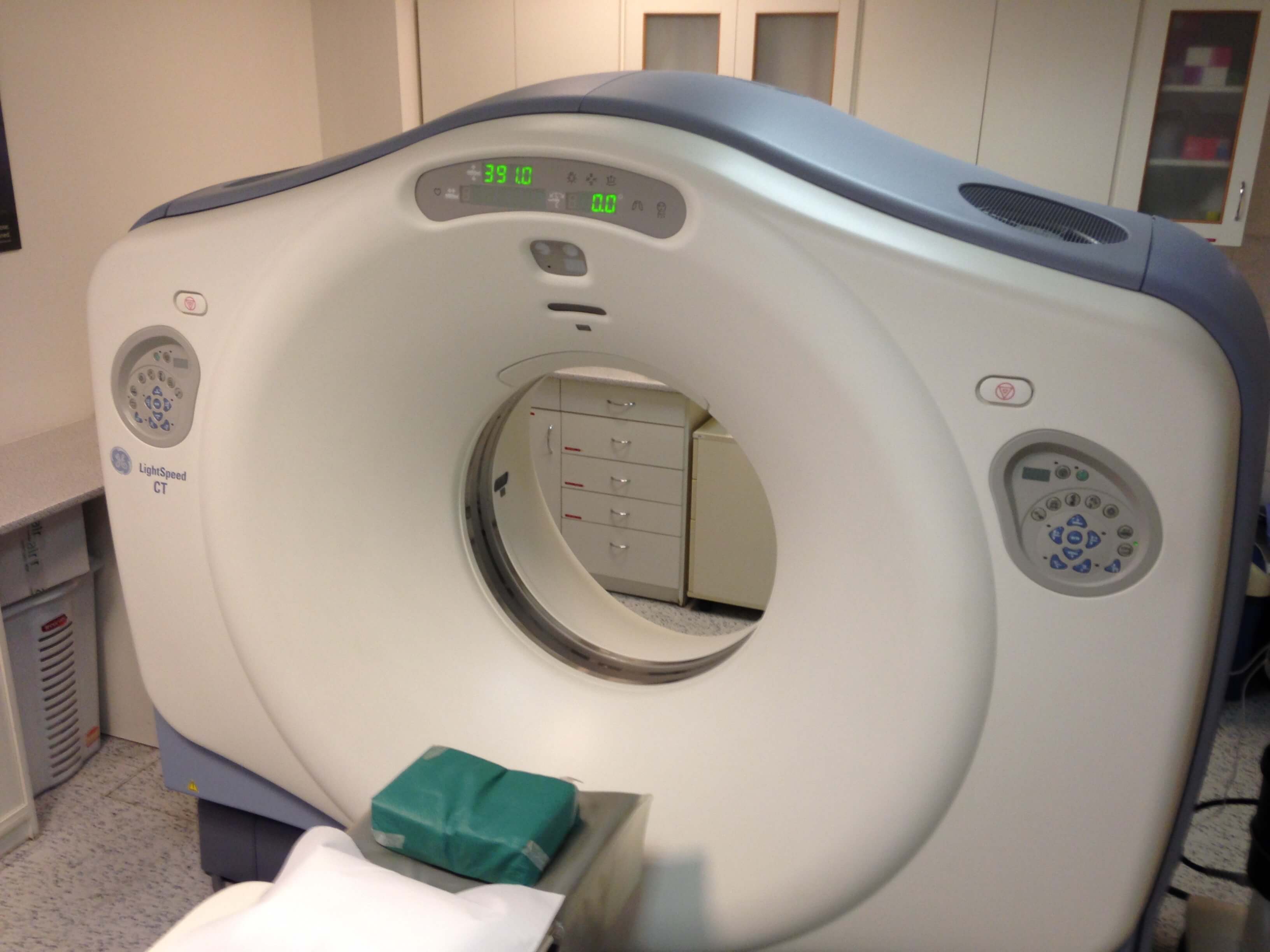
A technique that converts 2D scan data into three-dimensional models of internal structures, allowing doctors to view anatomy from multiple angles for better diagnosis and surgical planning.
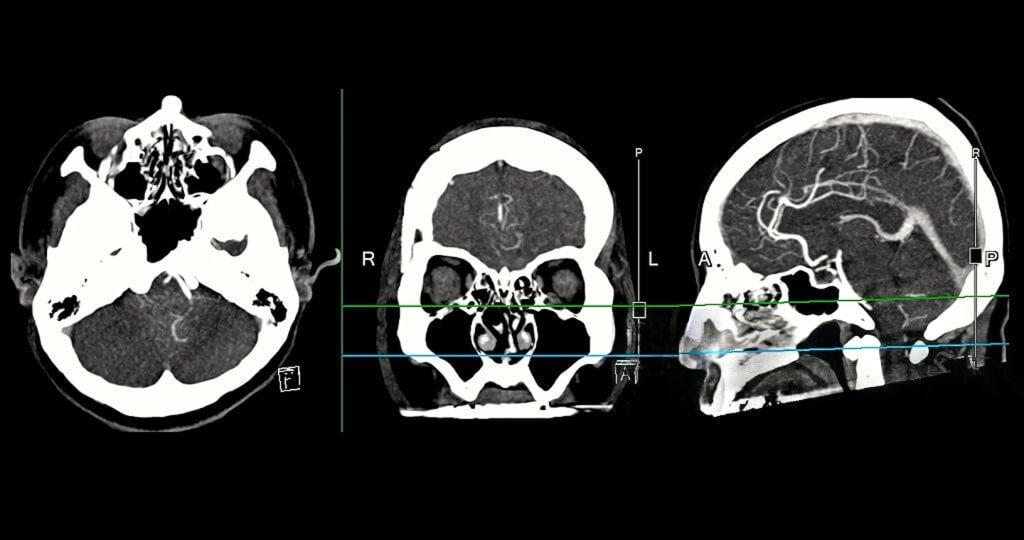
A Spiral (or Helical) CT Scan is an advanced imaging technique where the scanner rotates continuously while capturing high-resolution images quickly and with minimal motion distortion. It is ideal for evaluating internal organs, injuries, and emergency cases. At our center, we perform Spiral CT Scans with decade-long expertise, ensuring accurate results, efficient workflow, and reliable diagnostic clarity.
